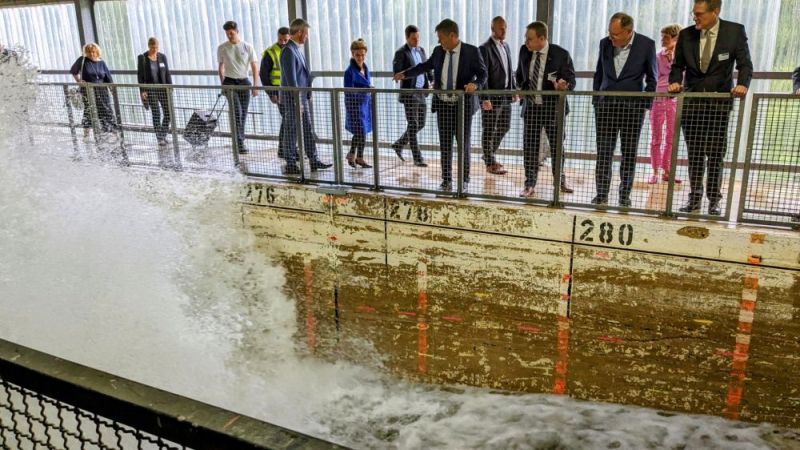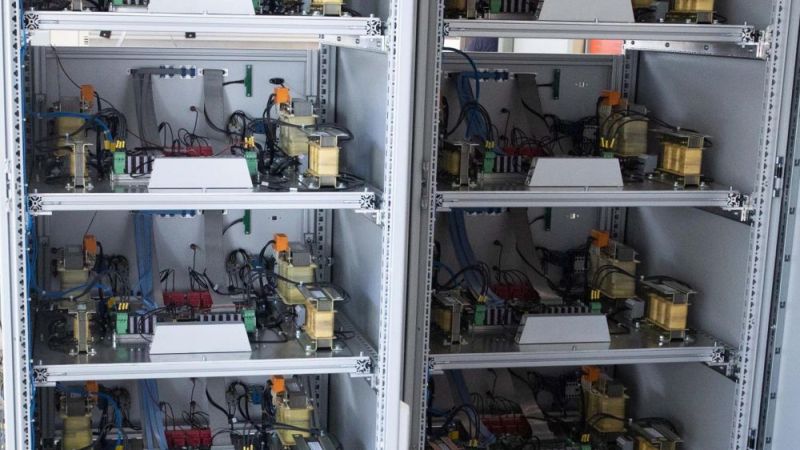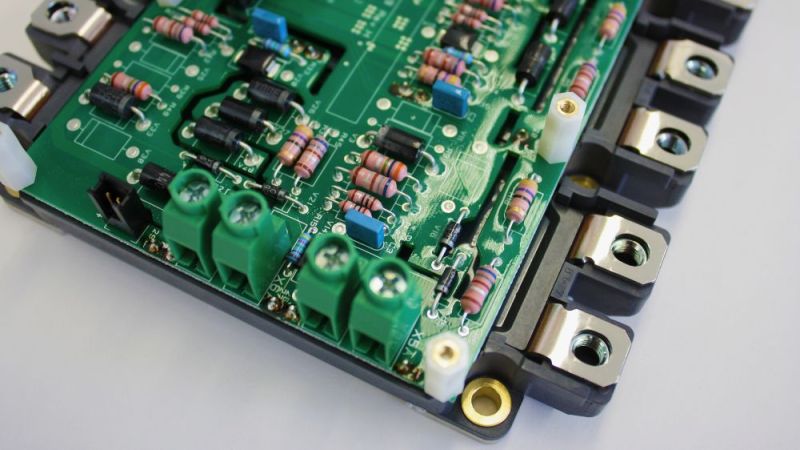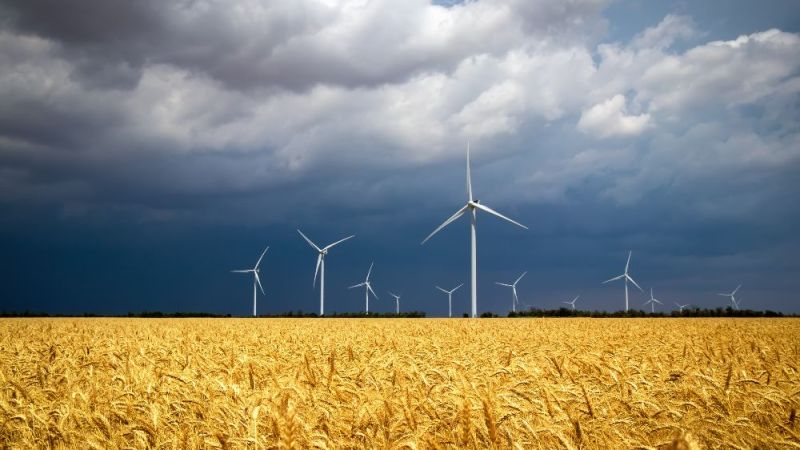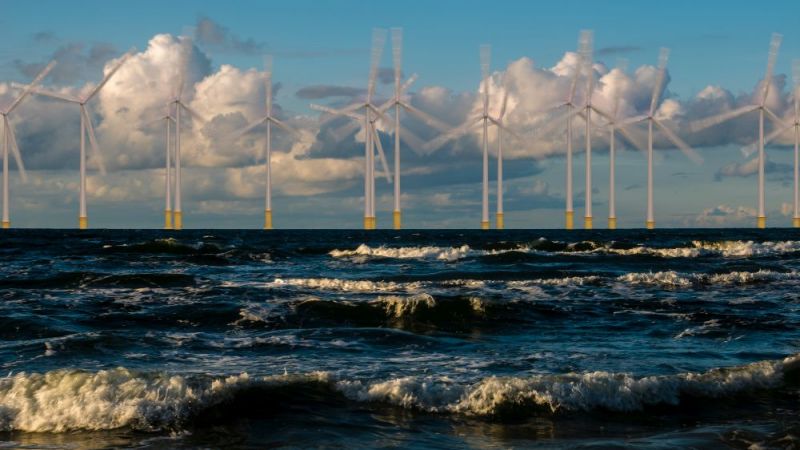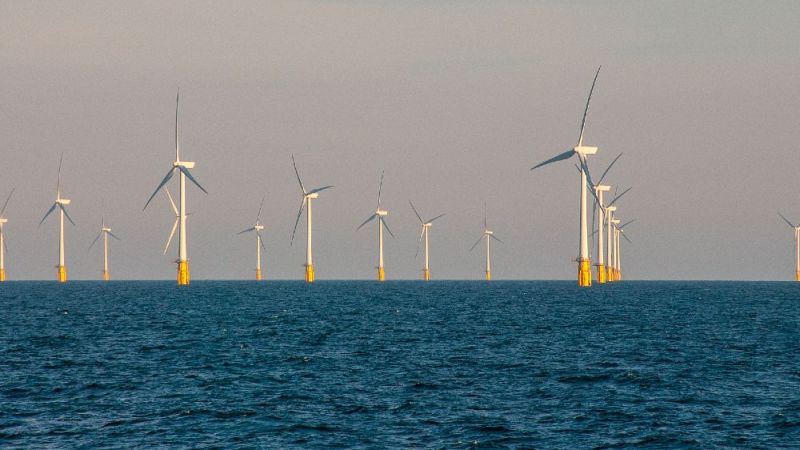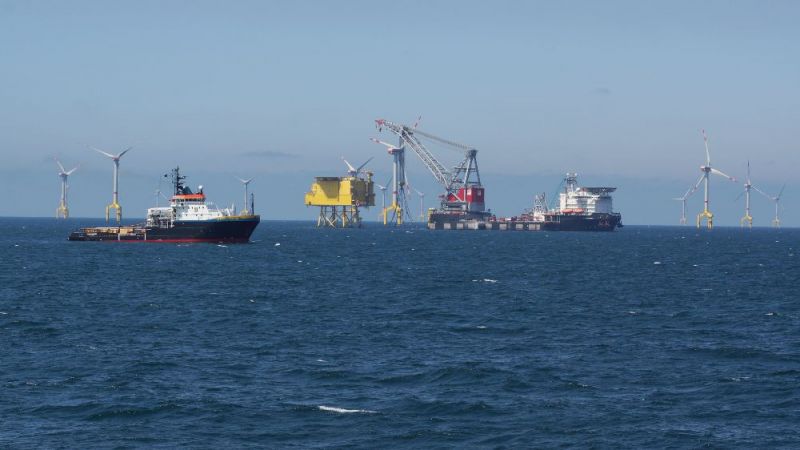Wind power
Components for offshore wind turbines from the 3D printer
A team of scientists is developing the world's largest 3D printer for offshore wind turbines. The technology enables more flexible and sustainable production of turbine components.
Wind turbines contain complex components. The machine systems are installed in the so-called nacelle, which is located at the top end of the wind tower. They ensure the operation of the plant. Offshore wind turbines are particularly strong and powerful and the machine systems are correspondingly large. In future, their cast steel elements integrated into the nacelle are to be manufactured with the help of 3D printing. The research team in the joint project "ACC" (short for Advance Casting Cell: the name of the large-sized 3D printer being developed in the project for the additive production of sand moulds for metal casting) is working towards this goal.
For example, key components of GE Renewable Energy's Haliade-X offshore wind turbine are to be manufactured in 3D printed moulds in future. The use of 3D printing technologies means that moulds can be produced on site. This reduces transport costs and improves the CO2 balance of wind turbine production. The ACC 3D printer is expected to reduce the production time of the moulds from at least ten to two weeks. Furthermore, the printing processes can be configured to print sand casting moulds with a diameter of up to 9.5 metres and for castings weighing over 60 tonnes. This is done using a printing process based on the so-called "binder jetting technology" developed by the 3D printing systems manufacturer voxeljet. This exceeds the usable printing area of the currently largest 3D sand printer by more than eight times.
Christian Träger, Director Sales & Marketing at voxeljet, says: "The test mould we printed for GE in 2019 consisted of dozens of individual parts. With the ACC, we want to reduce the number significantly. In addition, thanks to the geometric freedom of 3D printing, the shapes can be optimised in terms of functionality and material consumption. This enables completely new casting designs that can further increase the efficiency of the turbines."
After the project start on 01 September 2021, the team of scientists is planning the first printing tests for the first quarter of 2022. In addition to GE Renewable Energy and voxeljet, the Fraunhofer Institute for Foundry, Composites and Processing Technology IGCV is responsible for casting and materials technology issues as well as digital process monitoring in the research project. The project is funded by the German Federal Ministry for Economic Affairs and Energy (BMWi). (av)



